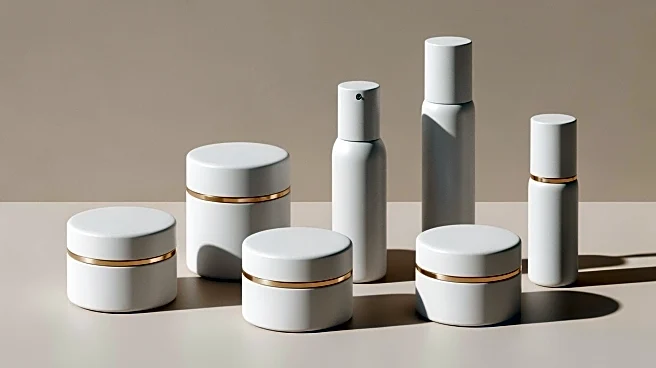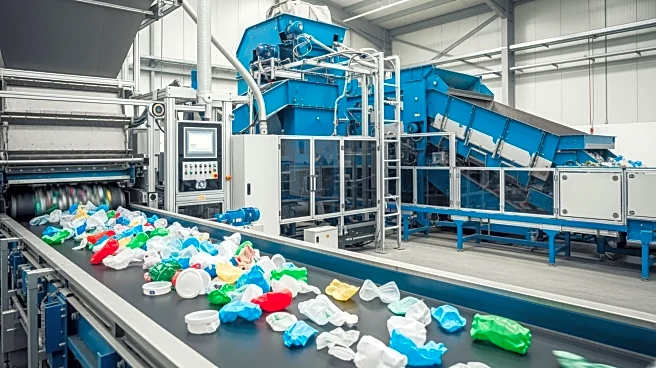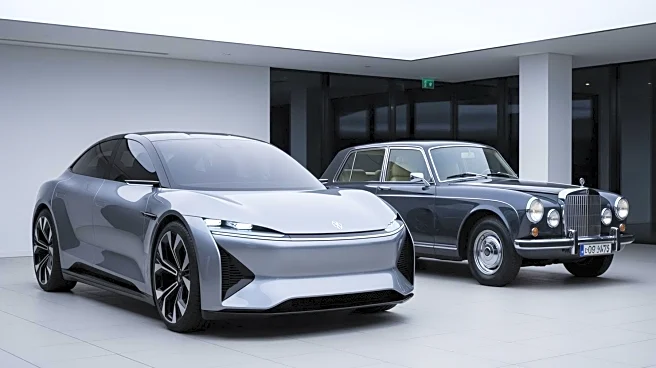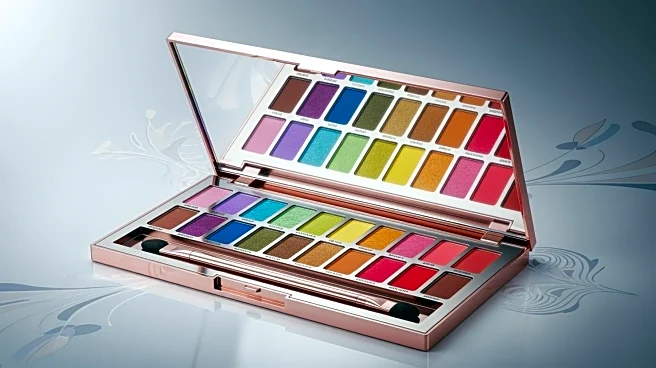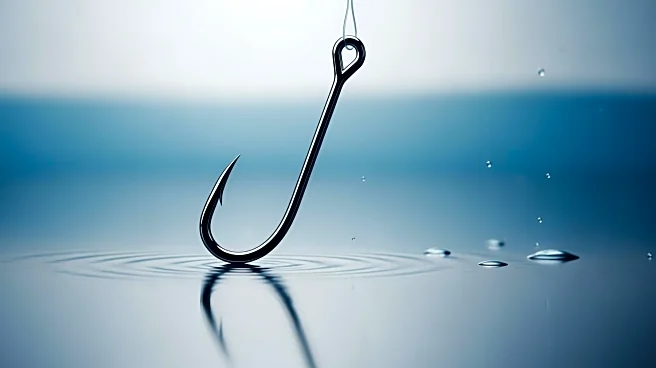What's Happening?
Beauty brands are increasingly adopting mono-material packaging to simplify recycling processes and enhance sustainability. Mono-material packaging, which consists of a single type of material, eliminates
the need for consumers to separate components before recycling, thus increasing recycling compliance. This shift is driven by consumer demand for eco-friendly products and the industry's commitment to reducing environmental impact. Companies like Epopack and Taesung are leading the charge by offering fully recyclable packaging solutions made from materials like PP and PET. These innovations are not only environmentally friendly but also align with the clean beauty aesthetic, providing a modern and sustainable option for brands.
Why It's Important?
The move towards mono-material packaging is significant as it addresses one of the major barriers to effective recycling: consumer confusion over mixed-material packaging. By simplifying the recycling process, these packaging solutions can potentially increase recycling rates and reduce landfill waste. This trend reflects a broader shift in the beauty industry towards sustainability, driven by consumer expectations and regulatory pressures. Brands that adopt these practices may gain a competitive edge by appealing to environmentally conscious consumers and aligning with global sustainability goals. The focus on mono-materials also supports industry initiatives like PACT take-back programs, further promoting recycling efforts.
What's Next?
As demand for sustainable packaging continues to grow, brands are likely to explore further innovations in mono-material designs. This includes regional sourcing to reduce carbon footprints and enhance supply chain efficiency. The industry may also see advancements in airless packaging configurations, which are challenging to produce in mono-material formats. Companies like Taesung are already making strides in this area, developing pumps made entirely of PP. The ongoing evolution of mono-material packaging will require collaboration between brands and suppliers to overcome availability challenges and meet consumer expectations for both sustainability and luxury aesthetics.
